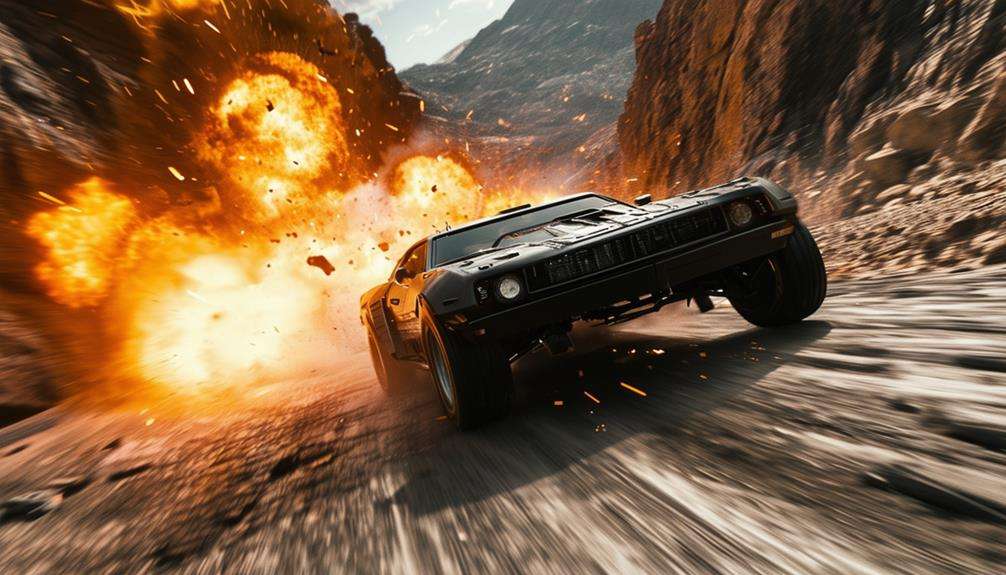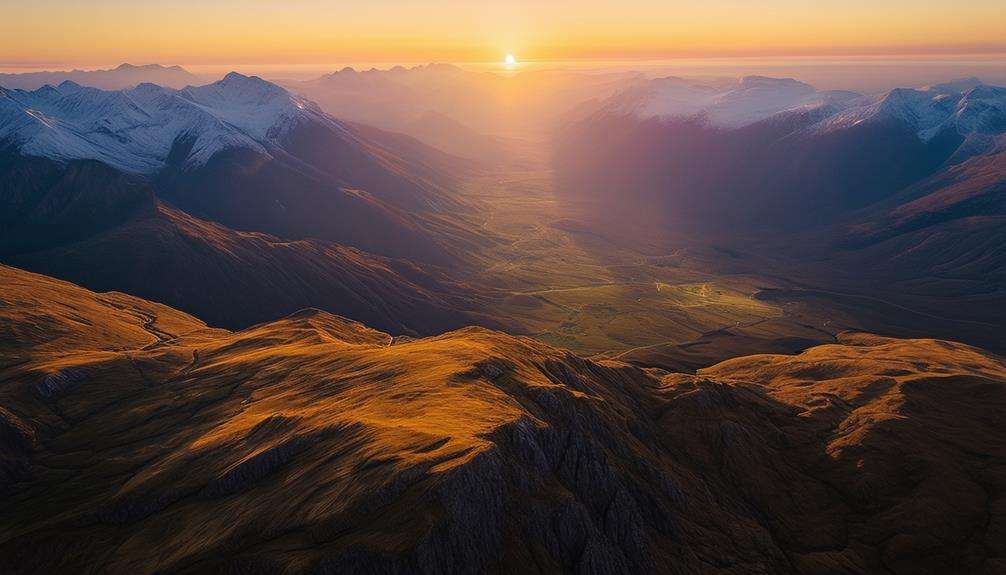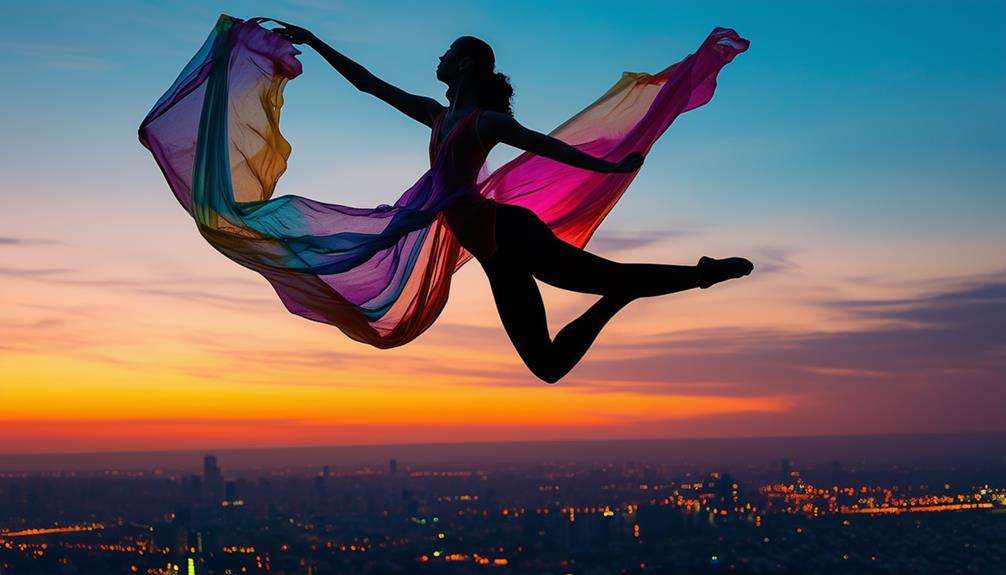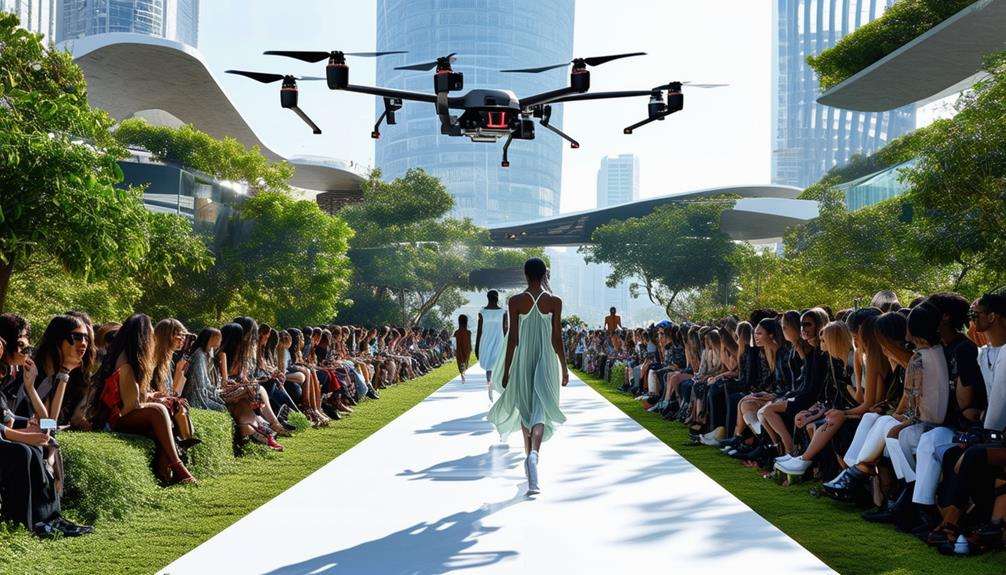How UAVs Are Changing the Face of Aerial Photography and Videography
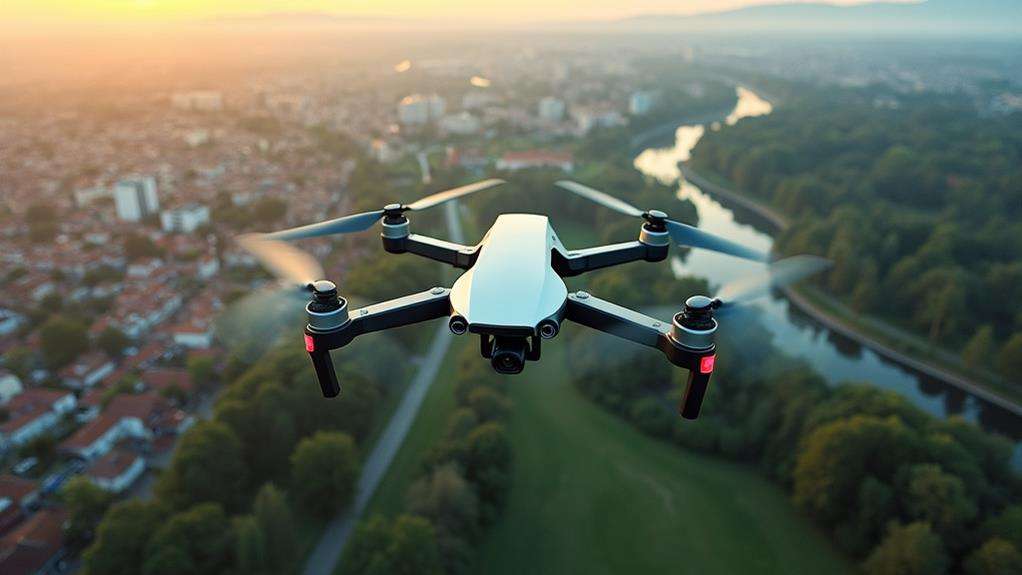
Unmanned Aerial Vehicles (UAVs), commonly known as drones, have revolutionized aerial photography and videography. These devices have democratized access to high-quality imaging, offering features such as 4K to 8K resolution and advanced obstacle-avoidance systems. With extended flight times and real-time data transmission, capturing unique perspectives and dynamic shots has become more accessible than ever. These technological advancements are not only enhancing creative possibilities but also transforming industries like real estate and film production. Interested in how these trends are shaping the future? Let's delve deeper into this evolving landscape.
Evolution of Drone Technology
The evolution of drone technology has significantly transformed aerial photography and videography, making high-resolution imagery more accessible than ever. Modern drones, equipped with advanced cameras and sensors, can now capture stunning 4K to 8K quality images and videos, a feat that once required expensive aerial filming methods.
Drone flight times have dramatically improved due to advancements in battery technology. For example, the DJI Mavic 3 offers approximately 46 minutes of operational time, enabling extended aerial shoots. This extended flight duration allows for more opportunities to capture the perfect shot without frequent interruptions for recharging.
Sophisticated navigation systems and obstacle avoidance capabilities have made drones incredibly versatile and safer to operate, even in challenging environments. These advanced systems facilitate complex maneuvers, enhancing the range and quality of aerial photography.
The integration of AI and machine learning in drones has further revolutionized the field by enabling real-time adjustments during filming. This technology optimizes shot compositions, making the filming process more efficient and precise. As sensor technology continues to advance, expect improved low-light photography capabilities, making nighttime shoots more effective and visually stunning.
Advantages of UAVs in Photography
Harnessing UAVs in photography offers numerous advantages that traditional methods cannot match. Equipped with high-resolution cameras, drones enable the capture of stunning aerial footage and create compelling images and videos at a fraction of the cost of conventional methods. This accessibility has revolutionized the field, making drone photography available to a broader audience than ever before.
One of the standout benefits of using professional drones in photography is their ability to capture unique perspectives and dynamic movements. This capability allows the production of engaging content that was once difficult or impossible to achieve with manned aircraft. Here's why drones are a game-changer:
- Cost-Effective: Drones provide high-quality aerial footage without the expense of hiring helicopters or planes.
- Versatile: They can operate in diverse environments and challenging conditions, making them suitable for various applications, from real estate to tourism marketing.
- Efficient: UAVs can gather photo and video content simultaneously, streamlining the production process and enhancing storytelling.
- Advanced Technology: Continuous improvements, such as better battery life and enhanced imaging capabilities, keep raising the bar for what's possible in drone photography.
With these advantages, UAVs are undeniably transforming how visual narratives are captured and created.
Innovations in Drone Imagery
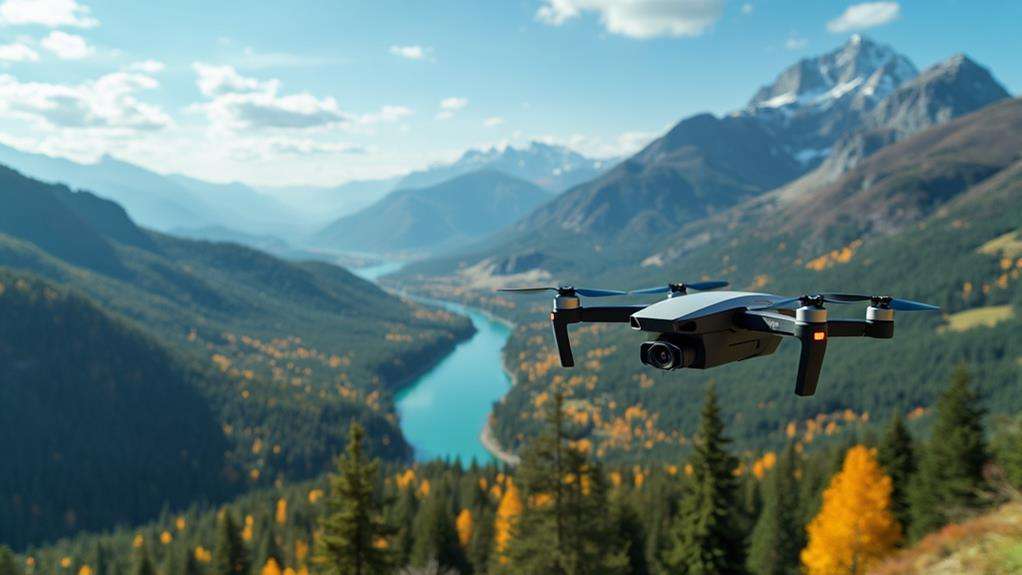
Innovations in drone imagery are redefining the possibilities in aerial photography and videography. Drones have become indispensable tools for capturing stunning video footage and high-resolution images from previously inaccessible perspectives. Advanced imaging technologies, such as high-resolution cameras and LiDAR sensors, now enable the acquisition of detailed aerial photographs and 3D maps that surpass the capabilities of traditional methods.
Drones equipped with photogrammetry and real-time data transmission offer precise landscape assessments and immediate analysis of captured imagery. This advancement is transformative across multiple fields, facilitating quicker decision-making and more accurate data collection.
| Feature | Benefit | Application |
|---|---|---|
| High-Resolution Cameras | Detailed, crisp images | Photography, videography |
| LiDAR Sensors | 3D mapping and landscape modeling | Surveying, construction |
| Photogrammetry | Accurate landscape assessments | Environmental monitoring |
| Real-Time Data Transmission | Immediate analysis of imagery | Disaster response, agriculture |
| Autonomous Drones | Frequent, high-quality imaging | Research, commercial use |
Autonomous drones are transforming aerial photography by enabling frequent, high-quality imaging with minimal human intervention. Enhanced battery technology extends flight times, allowing drones to cover larger areas and capture more extensive footage. This versatility empowers filmmakers to create dynamic shots, enriching visual storytelling with unique aerial perspectives. With these aerial innovations, the sky's the limit.
Industry Applications of UAVs
In today's fast-paced world, UAVs are revolutionizing various industries by offering innovative solutions that enhance efficiency, safety, and creativity. Leveraging drone technology, diverse sectors can capture stunning aerial imagery and gain valuable insights that were once out of reach.
- Real Estate: Drones capture high-resolution aerial views of properties, providing potential buyers with an immersive experience and significantly enhancing marketing efforts.
- Tourism: By showcasing destinations from unique aerial perspectives, drones create captivating promotional materials that engage and attract more visitors.
- Construction: UAVs enable accurate site inspections and monitoring, facilitating quicker photography around construction sites and improving safety by reducing the need for hazardous inspections.
- Film and Television: Drones deliver dynamic aerial shots that enhance storytelling and reduce production costs, thanks to single-operator capabilities.
In real estate, drones can showcase entire properties in a single, sweeping shot, making listings more attractive. The tourism industry benefits from aerial footage that highlights scenic vistas and cultural landmarks, drawing in tourists. In construction, drones monitor progress and ensure adherence to safety standards. In film and television, they bring a new dimension to visual storytelling. With UAVs, the sky's no longer the limit—it's just the beginning.
Future Trends in Drone Use
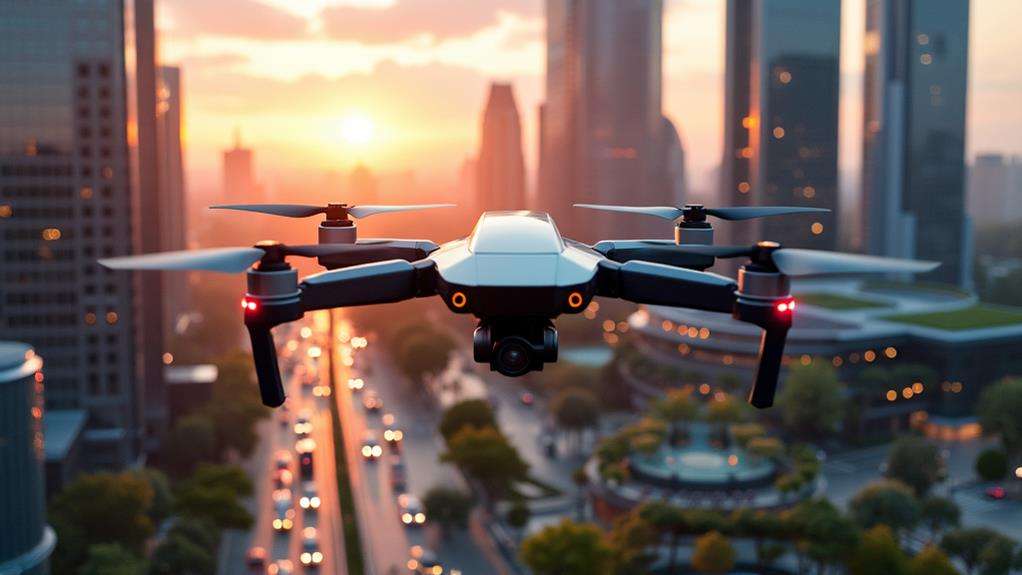
As UAVs continue to prove their worth across various sectors, the future of drone technology promises even greater advancements. Future drones are expected to be equipped with sensors equivalent to those found in DSLR cameras, significantly enhancing the quality of aerial photography and videography. With improved low-light capabilities, drones will be able to capture high-quality images and videos even in challenging lighting conditions, making night photography and videography more accessible and visually stunning.
Ongoing advancements in battery technology are expected to produce longer-lasting batteries, extending the operational time of drones and reducing the need for frequent recharges. This will allow users to focus on capturing the perfect shot without interruption. Additionally, reduced operational noise levels will make drones less intrusive, particularly beneficial for wildlife photography, ensuring that natural habitats remain undisturbed.
Advanced tracking capabilities represent another exciting future trend. These will enable drones to follow specific subjects seamlessly, revolutionizing sports photography and dynamic filming scenarios. Photographers will be able to capture fast-moving subjects with precision and ease. The integration of these cutting-edge features ensures a bright future for drone technology, offering unprecedented opportunities for both professional and hobbyist photographers.

